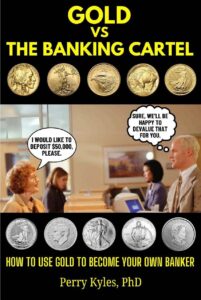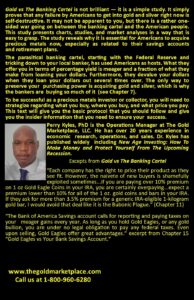Dr. Perry Kyles on The International Risk Podcast
In Episode 214 of The International Risk Podcast, Dr. Perry Kyles explains how a banking cartels dominate the financial system.
Many people believe banks compete for customers. In reality, a small group of financial institutions work together to control economies. They influence money supply, credit, and financial policies without public approval.
Understanding a Banking Cartel
A cartel is a group of organizations that secretly work together to control a market. They fix prices, limit competition, and shape economic policies. In banking, this means that central banks, private banks, and global financial groups collaborate to maintain power over money and credit.
These institutions include:
- Central Banks (Federal Reserve, European Central Bank)
- Large Private Banks (JPMorgan Chase, Goldman Sachs, HSBC)
- Global Financial Entities (IMF, Bank for International Settlements)
Their goal is to protect their influence. They do this by shaping monetary policies, controlling loan terms, and deciding how money flows. Consumers often pay the price through inflation, rising debt, and financial instability.
Educate Yourself on Banking Cartels
Knowledge is power. Learn how the system works so you can protect your financial future.
Banks rely on public ignorance to maintain control.
Read Dr. Perry Kyles’ book: “Gold vs. The Banking Cartel” for the full story.




